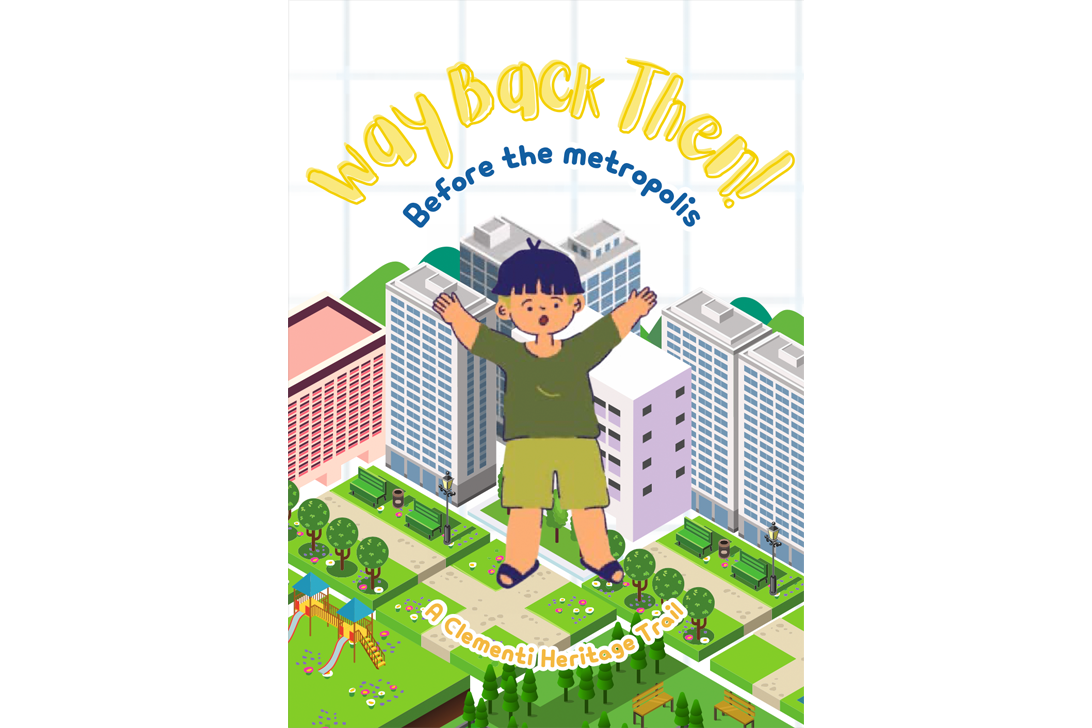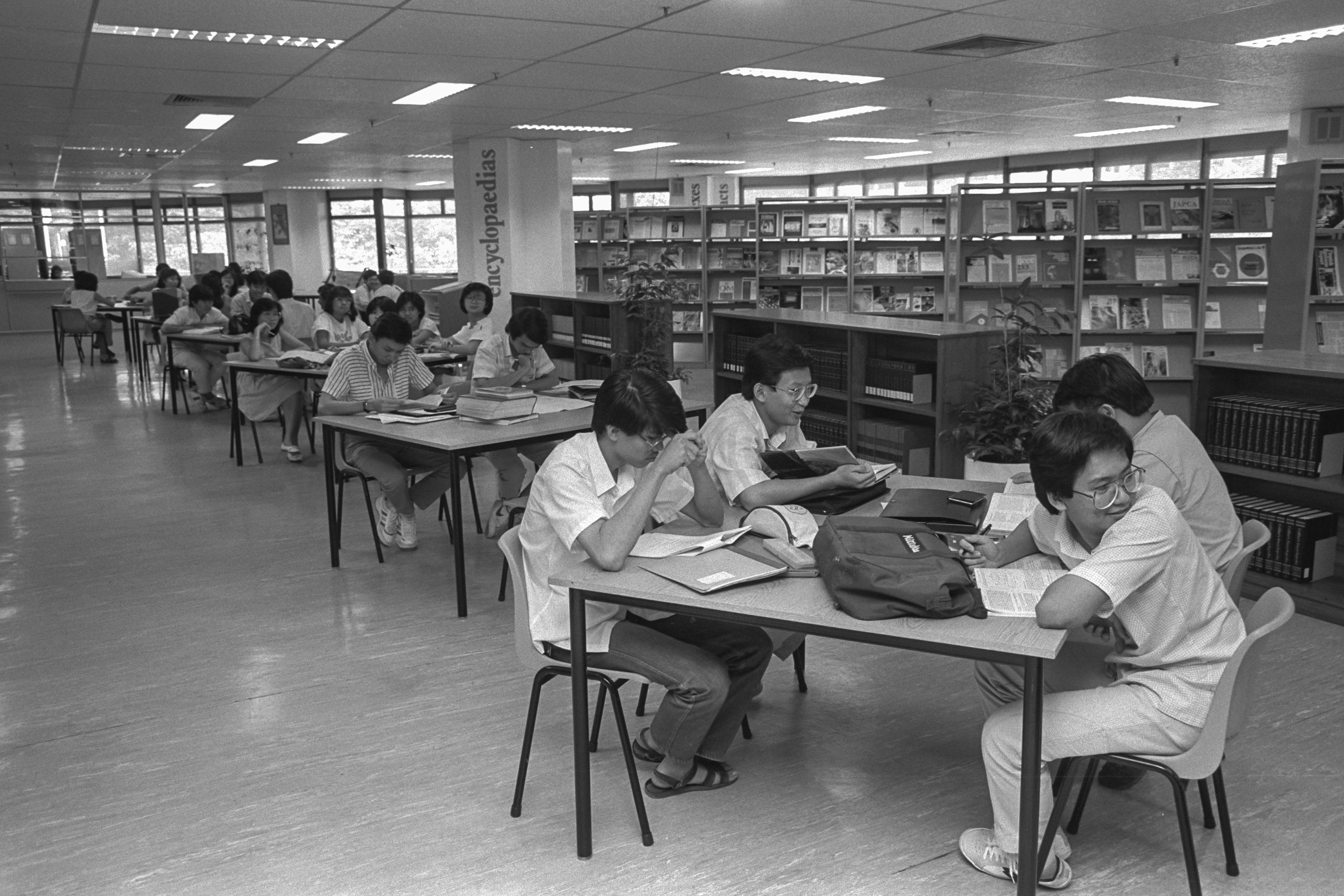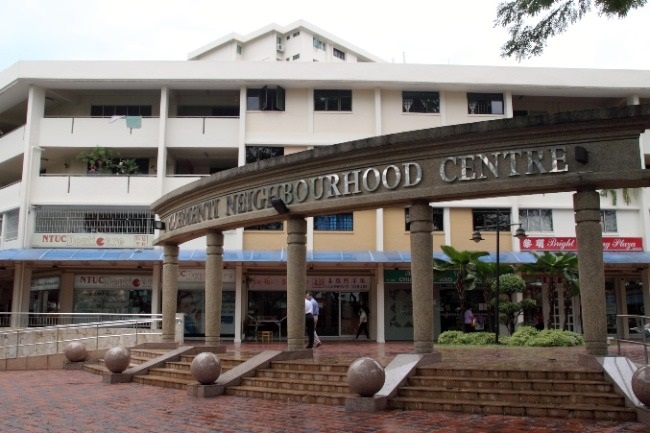Communities
Punggol Village – Wak Sumang Mosque. 1985. Courtesy of National Archives of Singapore. View this image here.
Learn about the coastal communities in Punggol:
-
Kampung Wak Sumang, one of Singapore's earliest fishing villages, was founded by Wak Sumang, a settler from the Riau Islands. Situated at Punggol Point, near the present-day Sumang neighbourhood, the village was also known as Kampung Punggol and became an important settlement for many Malay families, including Wak Sumang’s descendants. According to Awang Osman, the great-grandson of Wak Sumang, the village existed even before the founding of Singapore by Sir Stamford Raffles in 1819. Heritage activist and local history researcher Sarafian Salleh states that the village was founded at least 300 years ago. However, other viewpoints indicate that the village was established in the 1850s or 1860s, as suggested in the literary work Tok Sumang by Muhammad Ariff Ahmad. An 1852 map of Singapore, based on surveys from the 1840s, shows a Malay community around Punggol Point dating back to that time.
-
Originally a seaside shrine built by Wak Sumang, Masjid Wak Sumang (or Wak Sumang Mosque) stood at Track 26 of the old Punggol Road. Over time, the shrine fell into disrepair and after World War II, the local community helped build a mosque in its place. Masjid Wak Sumang served generations of worshippers before it was demolished in 1995 as part of Punggol’s redevelopment.
-
Refugees from three villages in Johor—Air Biru, Pasir Merah, and Pulau Tukang—migrated to Kampung Wak Sumang during theMalayan Emergency. They settled inland and became known as orang darat (land people), while the original inhabitants and descendants of Wak Sumang identified as orang laut (sea people).
-
Sekolah Melayu Punggol (Punggol Malay School) was established in 1955 to educate the younger generations of Kampung Wak Sumang. Funded by donations from the Rotary Club and private contributors, the school was later taken over by the government in 1963 and relocated to Track 13 of the old Punggol Road.
-
In 1906, Father Casimir-Jean Saleilles, a French missionary, led 100 parishioners from Serangoon to settle along the Punggol coast. The Serangoon parish had experienced rapid growth since the 1880s, fueled by the fishing and coconut industries along the coast. In Punggol, Father Saleilles established a chapel and school, providing places of worship and education for the local Teochew Catholic community. This small Teochew Catholic group in Punggol grew over time as more parishioners joined the faith. By 1910, many young Chinese men who moved to the area to fish had embraced Catholicism. They lived in small groups in huts raised above the water called "Yu Liao" that were scattered along the Serangoon-Punggol coastline.
Recreation
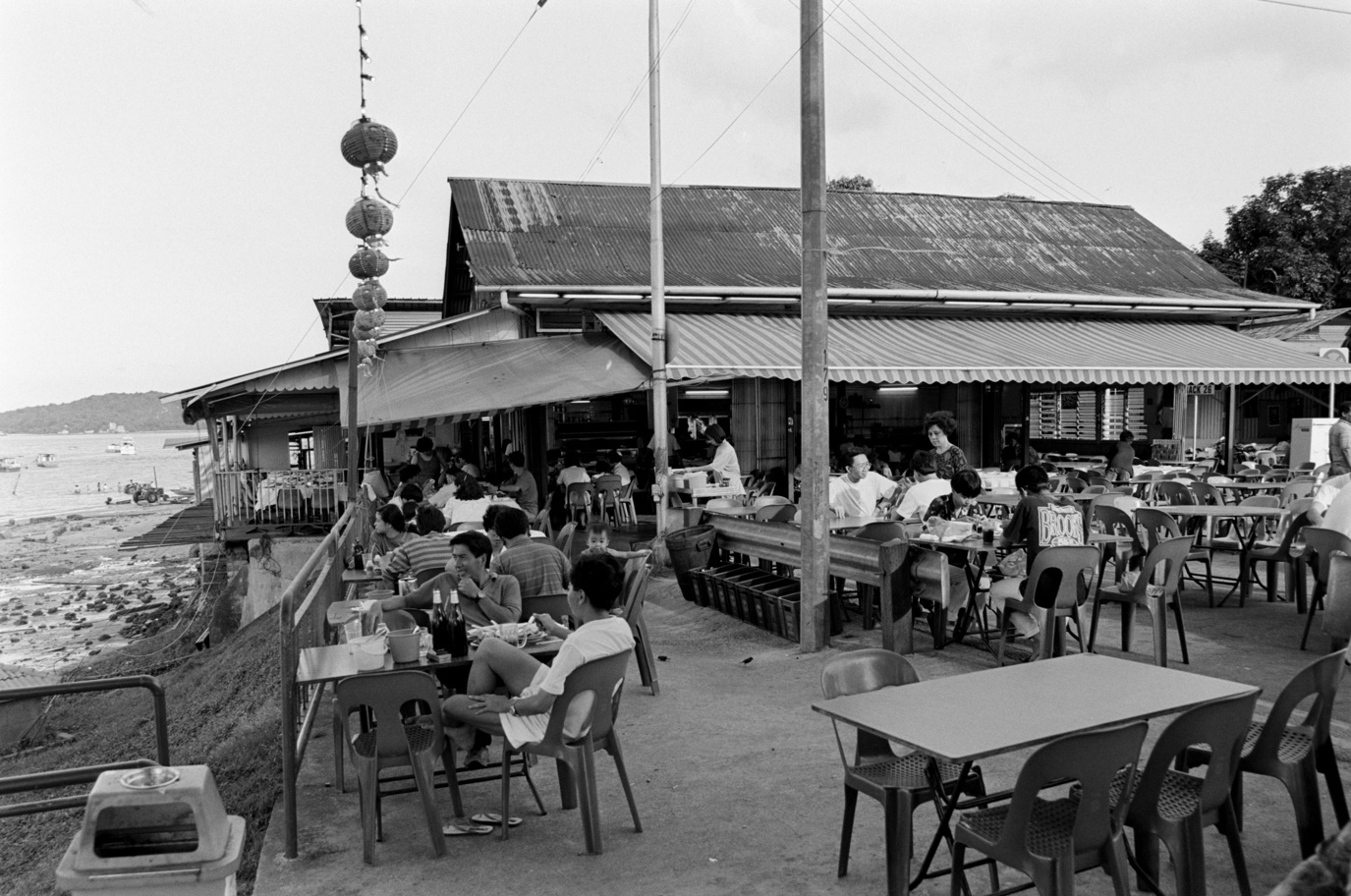
Explore the leisure activities and waterfront entertainment that attracted both locals and visitors:
-
Punggol Point was a popular leisure spot, known for its open-air seafood restaurants and boatels that catered to water sports enthusiasts. Some of the boatels were operated by the residents of Kampung Wak Sumang, offering boat rentals water-skiing, fishing, and sightseeing. With its refreshing sea breeze, great food, and outdoor fun, Punggol became the “traditional home” of the sport of water-skiing, drawing crowds from across the island.
-
Punggol’s waters have hosted several sea sports events over the years. In 1966, a regatta was hosted by the Punggol Point Community Centre. In 1974, the same community centre organised the Sea Games at Punggol Point to raise funds for its rebuilding project. Sponsored by Punggol Boatel, the event featured eight competitive races, including solo boat rowing, pair boat rowing, two-person canoe races, and motorboat races.
-
Coney Island, also known as Pulau Serangoon, is located off the coast of Punggol. Originally spanning 13 hectares, the island expanded to 100 hectares through land reclamation. The Haw Par Beach Villa, a 600-square-metre bungalow built by brothers, Aw Boon Haw and Aw Boon Par, creators of the Tiger Balm brand, still stands on the island today. In the 1930s and 1940s, the island was known as Haw Par Island, named after the brothers who owned it. In the 1950s, it was developed by a businessman into “Singapore’s first island health resort”, featuring a dance hall, restaurant, bar, and seaside accommodations. The island became widely known as Coney Island and was acquired by the government in 1972. In 2015, it was reopened as Coney Island Park, a 50-hectare eco-friendly nature reserve with a two-kilometre beach, boardwalk, and eco-friendly features.
-
The Punggol Waterway, officially opened in 2011, is a key part of Punggol’s development into a waterfront town. Initially planned as a simple pipeline to connect nearby reservoirs, it was transformed into a popular recreational waterway, providing spaces for outdoor activities and relaxation. Punggol Waterway Park, located along this waterway, offers green spaces, cycling paths and boardwalks.
-
Punggol Point Park was also opened in 2011 on the site of the old Punggol Point. Though relatively small, the park features an elevated viewing deck with views of Pulau Ubin and the Straits of Johor, as well as access to Punggol Beach and Punggol Jetty.
Occupations

Explore the waterfront and coastal occupations and businesses that have shaped Punggol’s growth over the years:
-
Fishing played a vital role in Punggol’s early economy, with locals relying on the sea for their livelihood. In the early 20th century, Chinese fishermen lived in small "Yu Liao" huts built above the water along the Serangoon-Punggol coastline, further contributing to the area’s vibrant fishing culture. Malay fishermen from Kampung Wak Sumang sold their catch to seaside restaurants, hotels, and markets in nearby Kangkar and Punggol. Boatmen also acted as guides for weekenders seeking to enjoy the sport of sea-fishing. Even when the residents were resettled in the 1980s, some continued make a living from the sea.
-
Punggol Point became a popular destination for sea-based recreational activities, with boatel businesses offering boat docking facilities and renting them out for water skiing, fishing, and sightseeing. The boatels included Awang Boat Sheds, Yap Boatel, and Seashore Boating Centre. However, by 1986, these businesses, along with the residents of Kampung Wak Sumang and Punggol Point's seafood restaurants, were asked to vacate their premises to make way for a government reclamation project.
-
The arrival of refugees from Johor during the Malayan Emergency brought changes to Kampung Wak Sumang. The refugees, skilled fishermen, began the kupang (mussel) trade and cottage industry in the village. A mussel farmer would dive into the sea near a kelong (wooden offshore fishing platform) to collect the crustaceans, removing them from the wooden poles. Diving was done during low tide, as the water would be too deep at other times, making it difficult and time-consuming for the farmer to reach the mussels. The family would shell the mussels by hand, with a group of six to eight people taking three hours to process a full sampan (small boat) load. Mussel farming also brought in more income than fishing, but the process required significant use of fire to boil the mussels, which posed a risk of homes catching fire. In 1981, a mussel farmer’s house was destroyed by fire, leaving him and his family with nothing.
-
Kelong repairers along the coast of Punggol and other areas in Singapore made a living by diving. For instance, in 1975, each dive earned them $20. However, the job was physically demanding and dangerous. Wooden stakes used to anchor kelongs had to be replaced regularly. Each stake, imported from Indonesia, cost $20. The repair process involved diving to drive stakes 1.5 metres into the seabed, securing them with ropes, and reinforcing the kelong – a task that could take over three hours.
Interested in hearing stories about life in Punggol? Check out the Punggol Oral History Project, launched with Punggol Regional Library in April 2023. The project captured personal accounts from residents, workers, and businesses, aiming to document experiences from Punggol’s post-World War II agricultural community to the development of Punggol 21 as a modern Singaporean town.
About National Library Board
The National Library Board (NLB) nurtures Readers for Life, Learning Communities and a Knowledgeable Nation by promoting reading, learning and history through its network of 28 libraries, the National Library and the National Archives of Singapore. NLB also forges strategic partnerships that encourage awareness, appreciation and greater discovery of Singapore’s history through its rich collections on Singapore and the region.




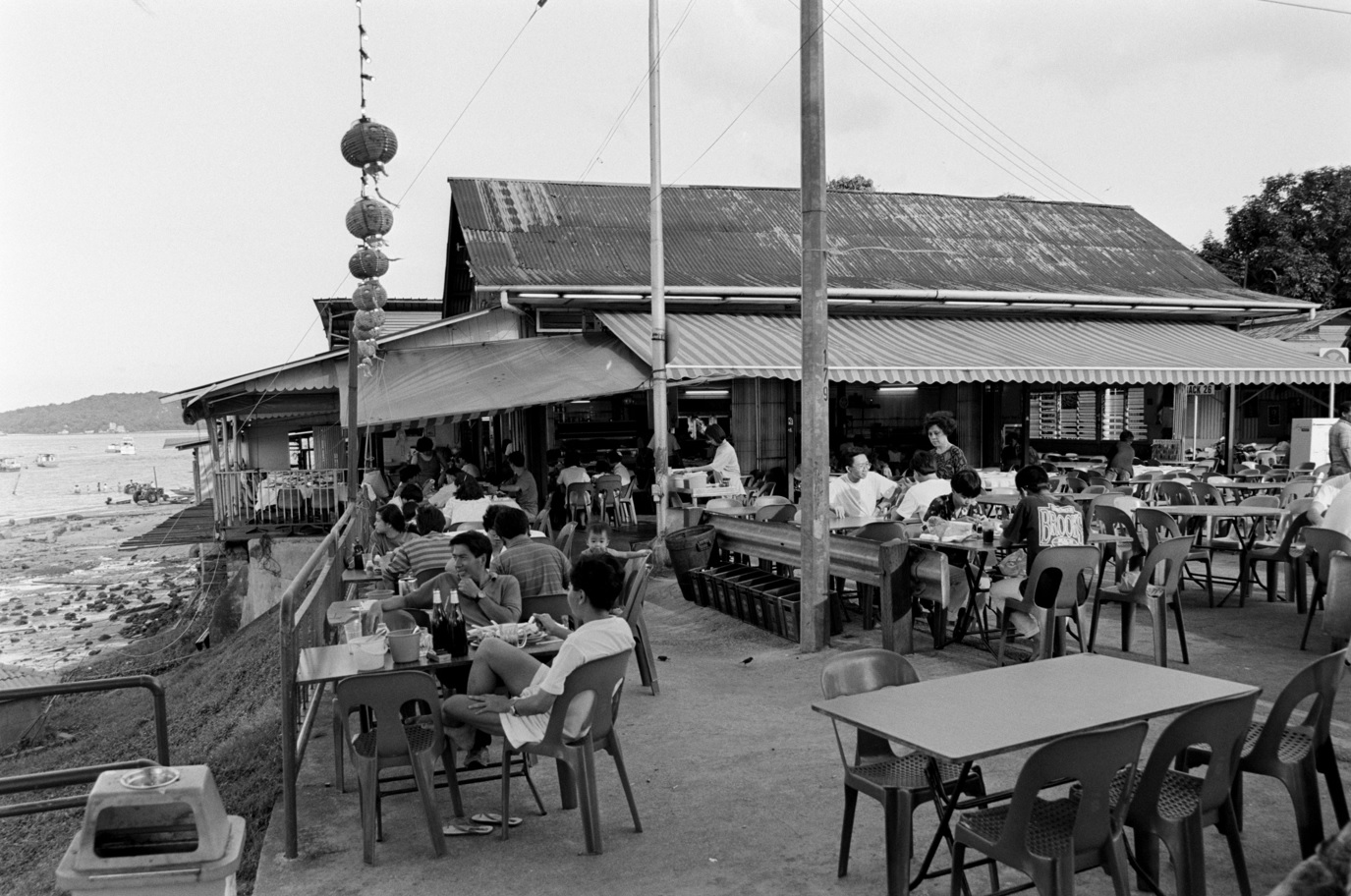
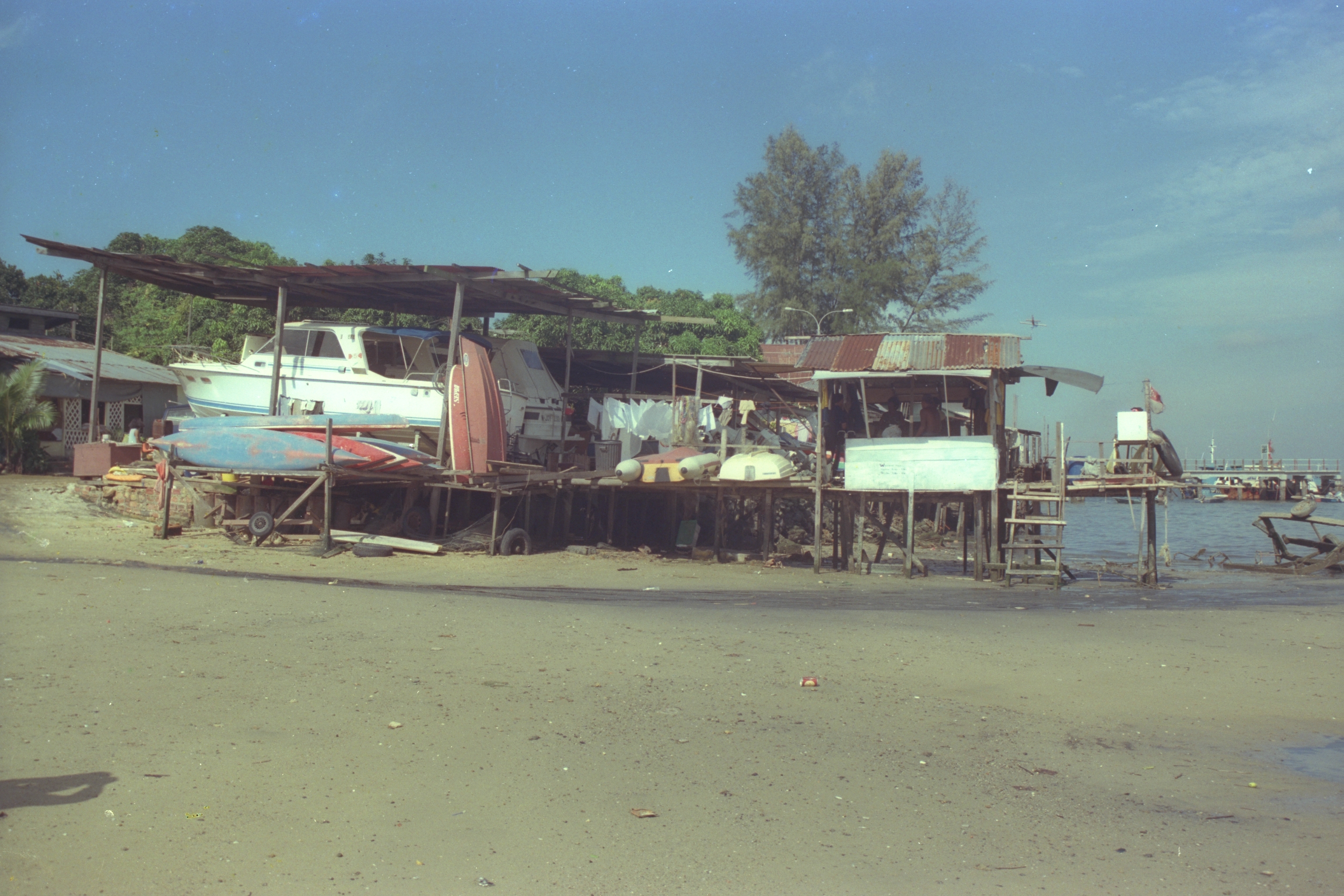 Boat shelter belonging to Awang Abdullah of Awang Boat Sheds, resident at Kampung Wak Sumang (also known as Kampung Punggol). 1985. Courtesy of National Archives of Singapore.
Boat shelter belonging to Awang Abdullah of Awang Boat Sheds, resident at Kampung Wak Sumang (also known as Kampung Punggol). 1985. Courtesy of National Archives of Singapore. 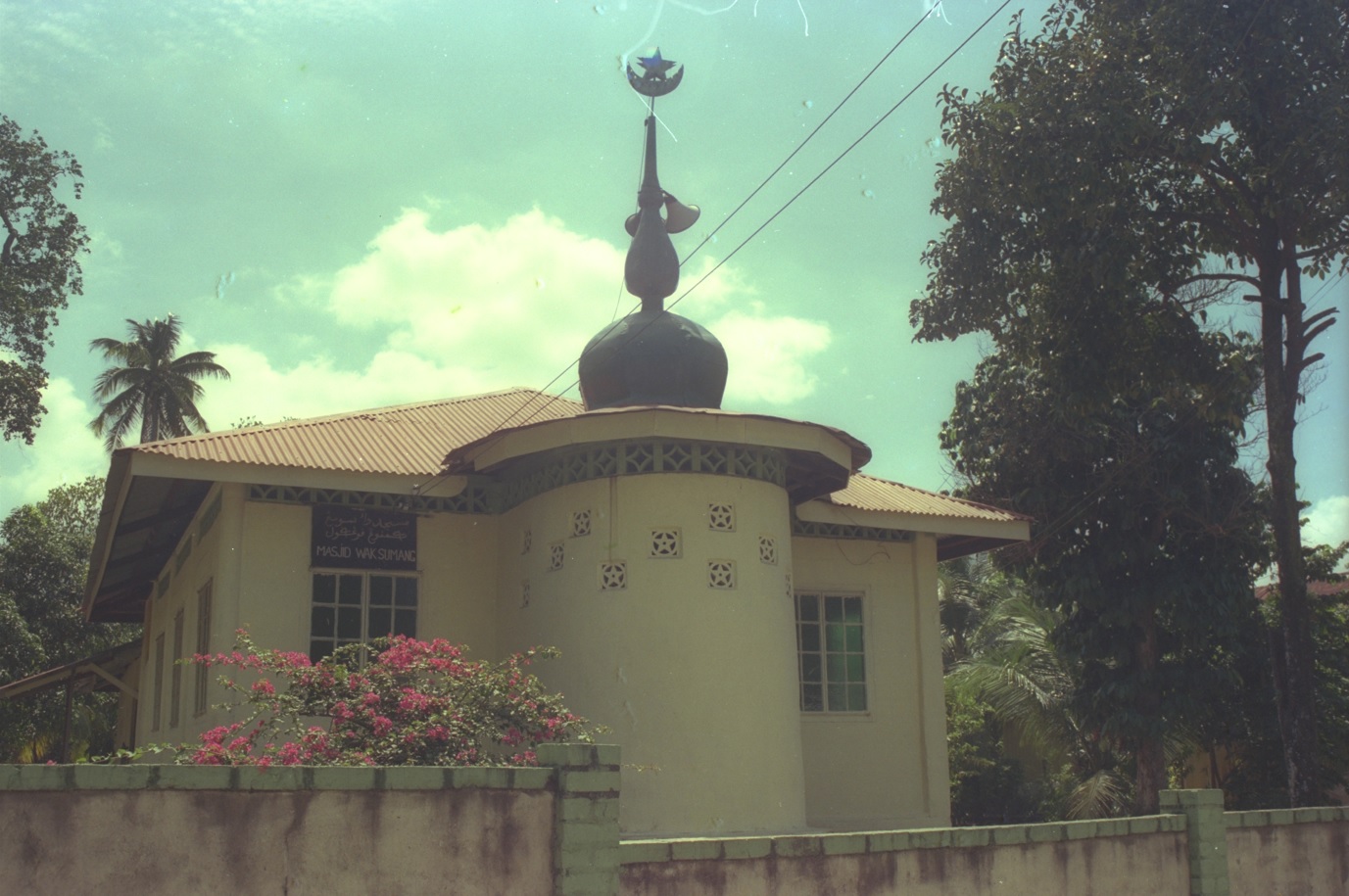

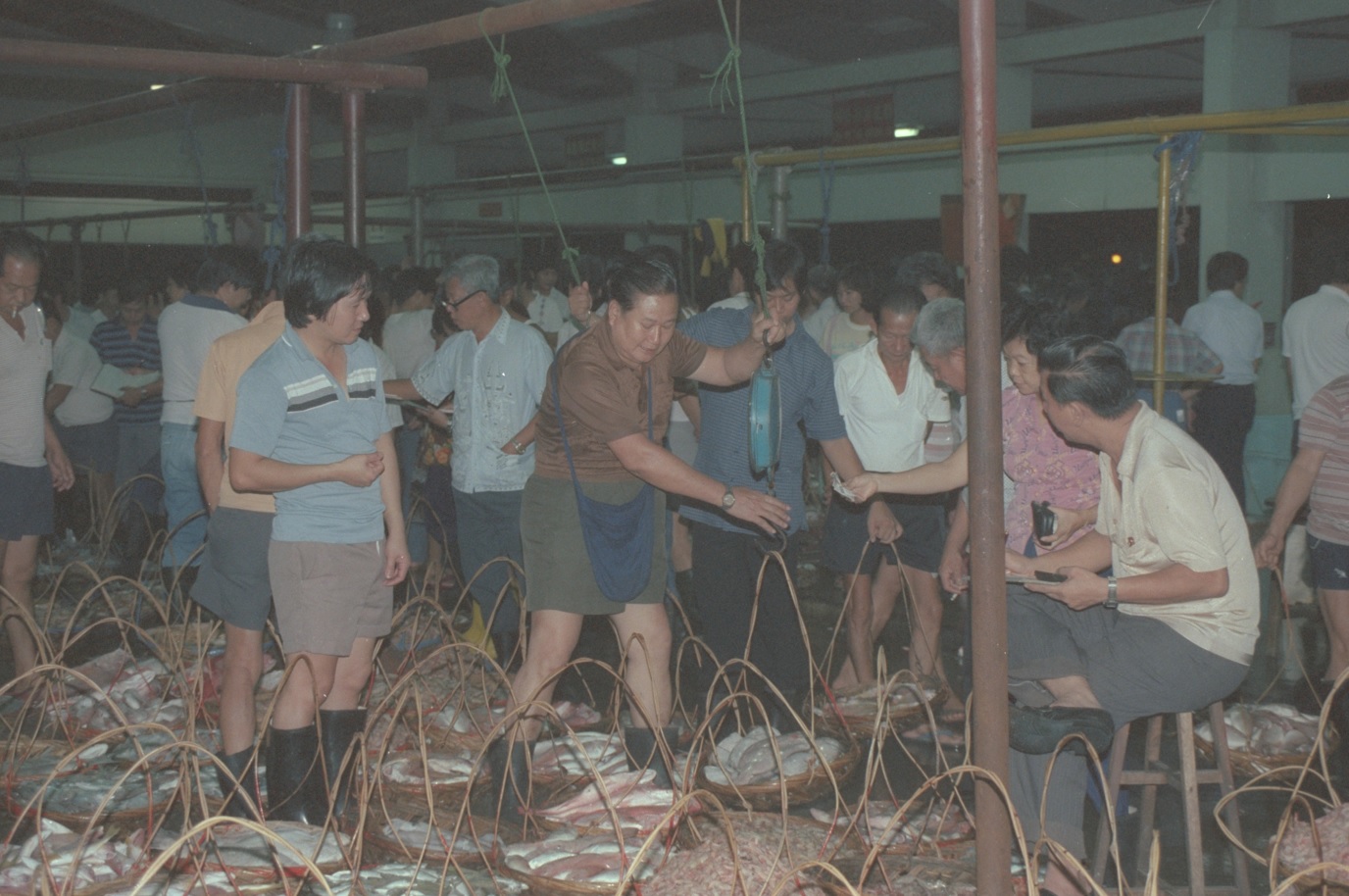
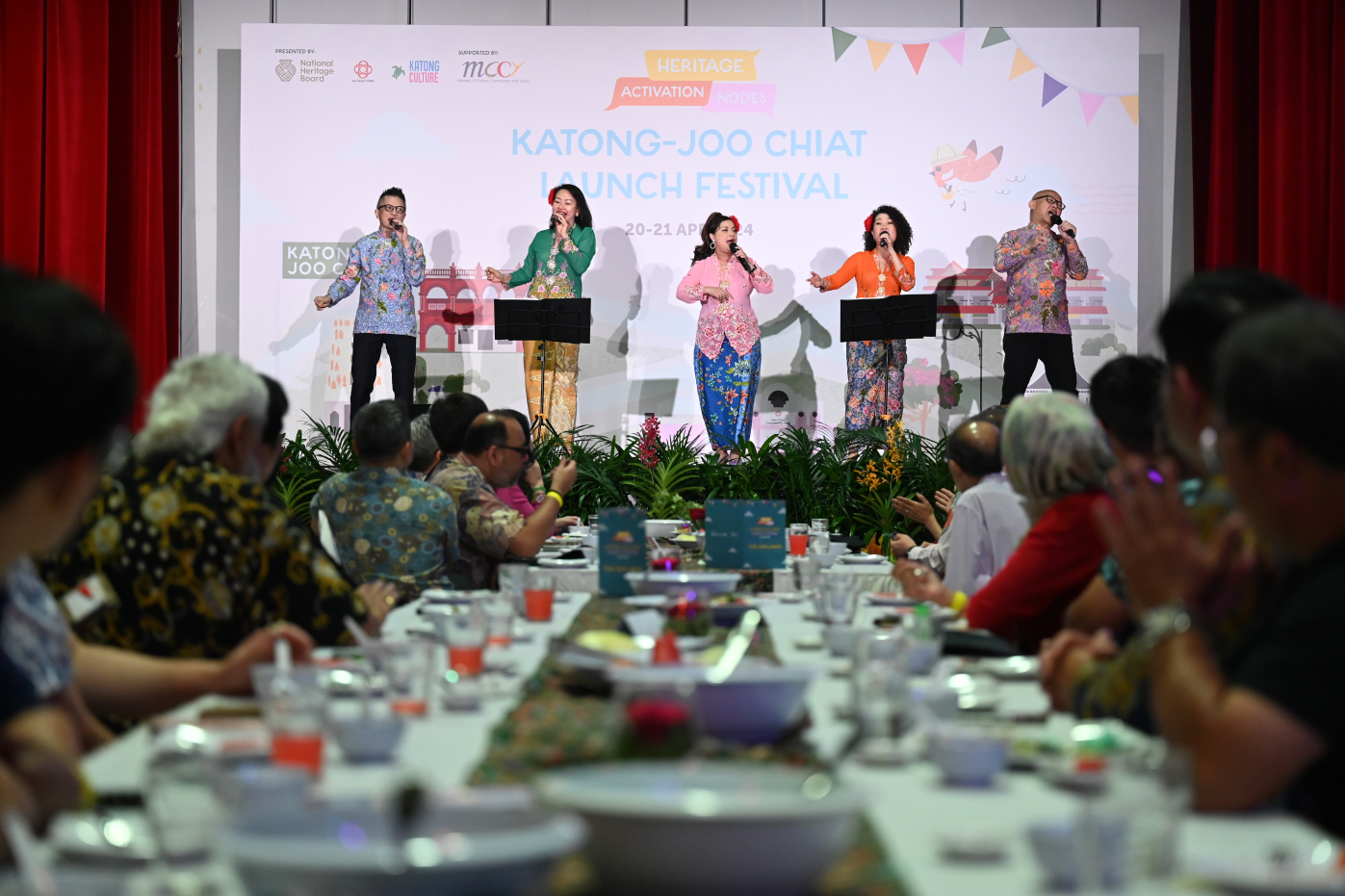





.ashx)
